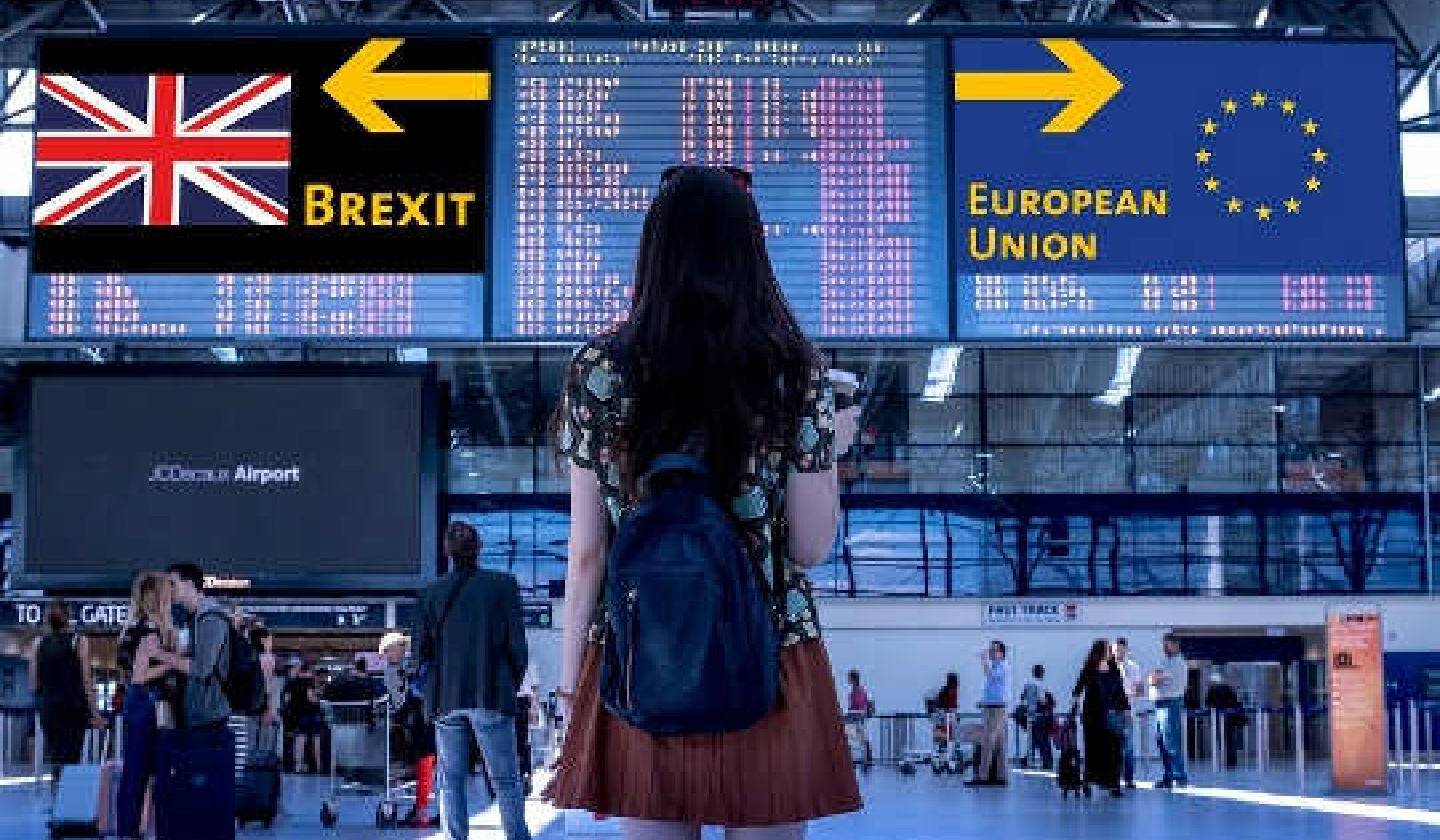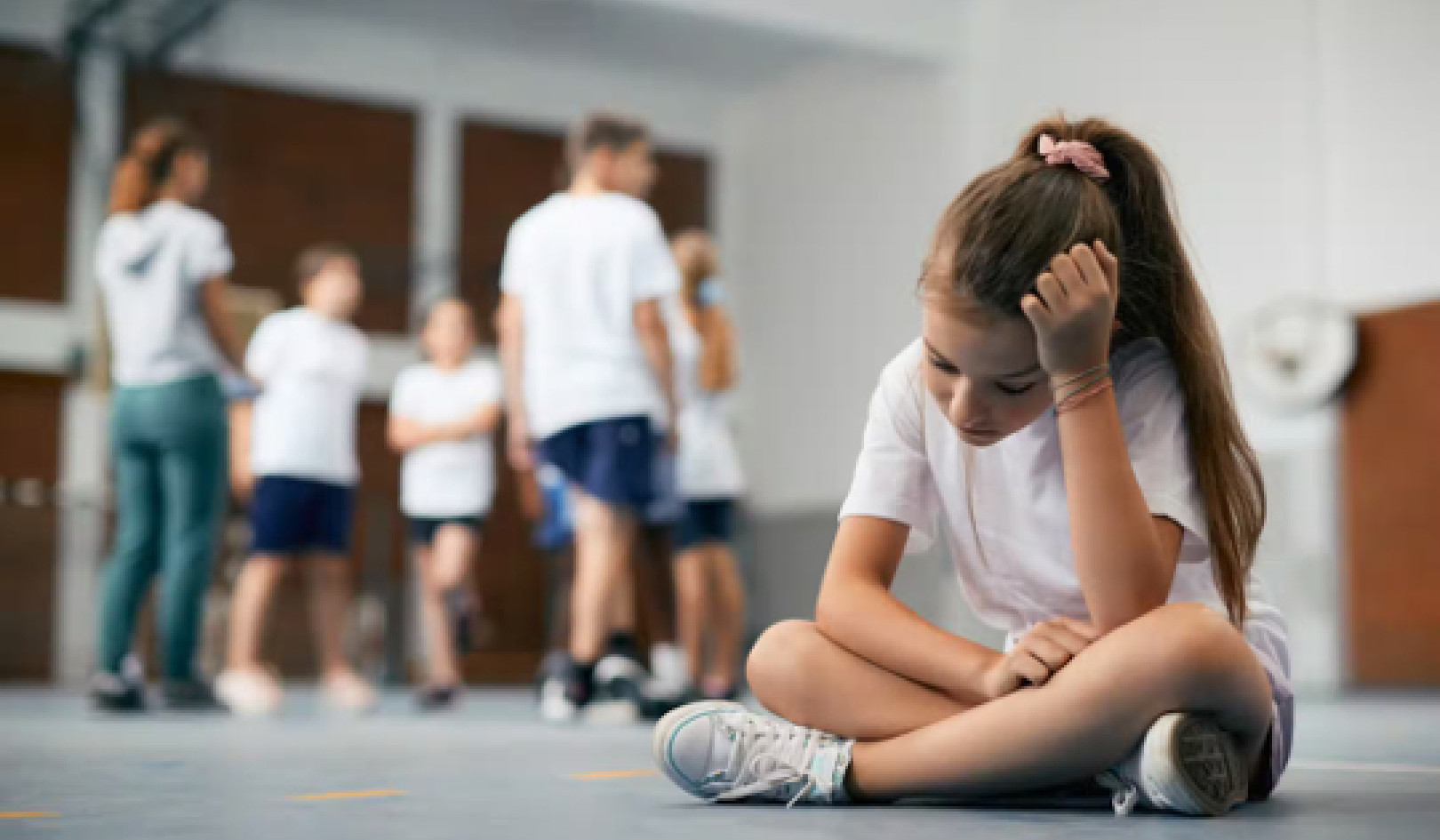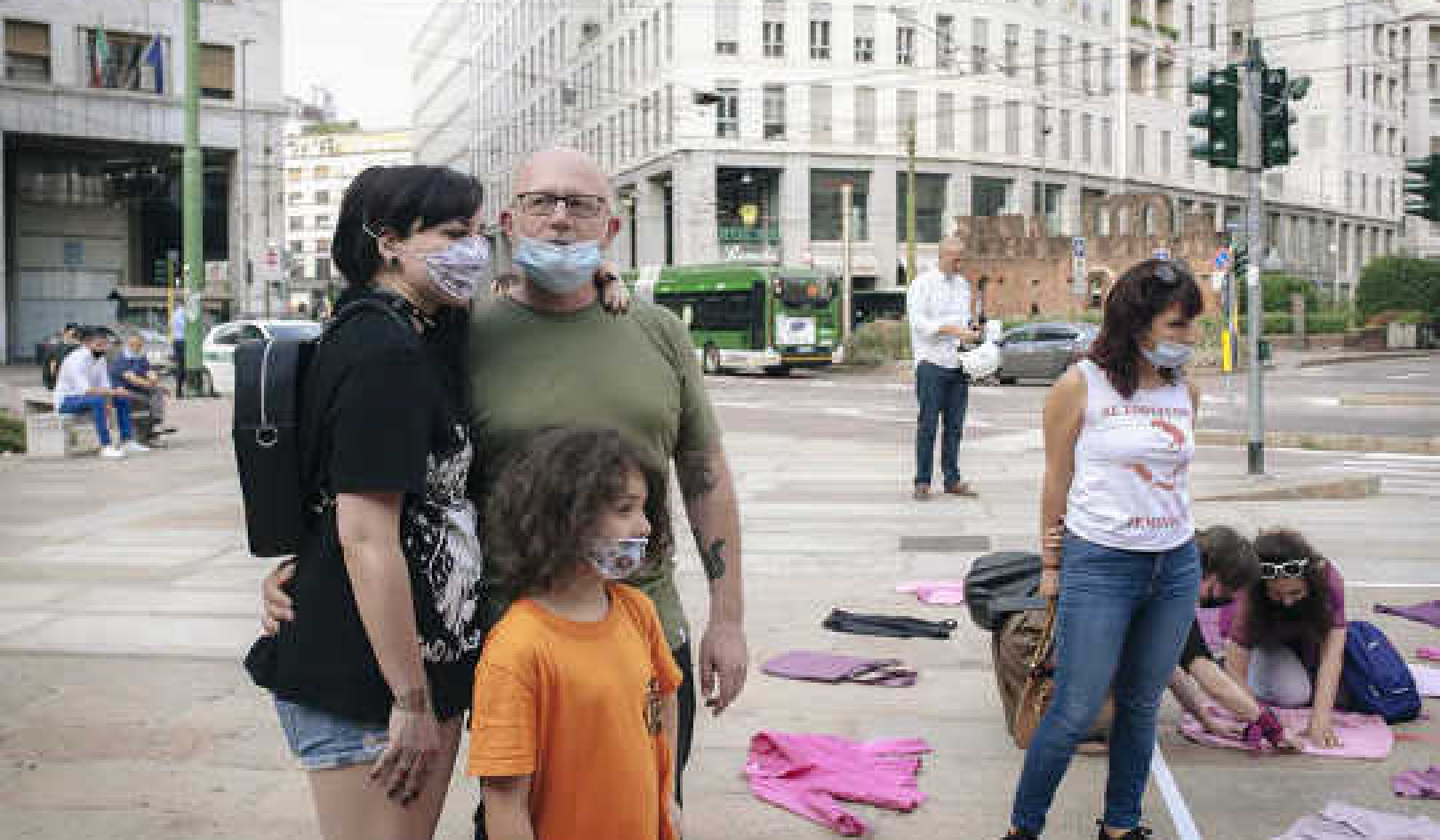
Gifted students learn faster than their peers. www.shutterstock.com John Munro
The beginning of the 2019 school year will be a time of planning and crystal-gazing. Teachers will plan their instructional agenda in a general way. Students will think about another year at school. Parents will reflect on how their children might progress this year.
One group of students who will probably attract less attention are the gifted learners. These students have a capacity for talent, creativity and innovative ideas. They could be our future Einsteins.
They will do this only if we support them to learn in an appropriate way. And yet, there is less likely to be explicit planning and provision throughout 2019 to support these students. They’re more likely to be overlooked or even ignored.
Giftedness in the media
You may have noticed the recent interest in gifted learning and education in the media. Child Genius on SBS provided a glimpse of what the brains of some young students can do.
{youtube}A5Kp89N6tLc{/youtube}
We can only marvel at their ability to store large amounts of information in memory, spell words correctly they’d probably not heard before and unscramble complex anagrams.
The Insight program on SBS, provided another perspective.
{youtube}h6r63GIezt4{/youtube}
Students identified as gifted explained how they learned and their experiences with formal education. Most accounts pointed to a clear mismatch between how they preferred to learn and how they were taught.
Twice exceptional
The students on the Insight program showed the flipsides of the gifted education story. While some gifted students show high academic success – the academically gifted students, others show lower academic success – the “twice exceptional” students.
Many of the most creative people this world has known are twice exceptional. This includes scientists such as Einstein, artists such as Van Gogh, authors such as Agatha Christie and politicians such as Winston Churchill.
Their achievements are one reason we’re interested in gifted learning. They have the potential to contribute significantly to our world and change how we live. They’re innovators. They give us the big ideas, possibilities and options. We describe their achievements, discoveries and creations as “talent”.
These talented outcomes are not random, lucky or accidental. Instead, they come from particular ways of knowing their world and thinking about it. A talented footballer sees moves and possibilities their opponents don’t see. They think, plan, and act differently. What they do is more than what the coach has trained them to do.
Understanding gifted learning
One way of understanding gifted learning is to unpack how people respond to new information. Let me first share two anecdotes.
A year three class was learning about beetles. We turned over a rock and saw slater beetles scurrying away. I asked:
Has anyone thought of something I haven’t mentioned?
Marcus, a student in the class, asked:
How many toes does a slater have?
I asked:
Why do you ask that?
Marcus replied:
They are only this long and they’re going very fast. My mini aths coach said that if I wanted to go faster I had to press back with my big toes. They must have pretty big toes to go so quick.
He continued with possibilities about how they might breathe and use energy. Marcus’ teacher reported that he often asked “quirky”, unexpected questions and had a much broader general knowledge than his peers. She had not considered the possibility he might be gifted.
Mike was solving year 12 calculus problems when he was six. He has never attended regular school but was home-schooled by his parents, who were not interested in maths. He learned about quadratic and cubic polynomials from the Khan Academy. I asked him if it was possible to draw polynomials of x to the power of 7 or 8. He did this without hesitation, noting he had never been taught to do this.
{youtube}MZl6Mna0leQ{/youtube}
Gifted students learn in a more advanced way
People learn by converting information to knowledge. They may then elaborate, restructure or reorganise it in various ways. Giftedness is the capacity to learn in more advanced ways.
First, these students learn faster. In a given period they learn more than their regular learning peers. They form a more elaborate and differentiated knowledge of a topic. This helps them interpret more information at a time.
Second, these students are more likely to draw conclusions from evidence and reasoning rather than from explicit statements. They stimulate parts of their knowledge that were not mentioned in the information presented to them and add these inferences to their understanding.
This is called “fluid analogising” or “far transfer”. It involves combining knowledge from the two sources into an interpretation that has the characteristics of an intuitive theory about the information. This is supported by a range of affective and social factors, including high self-efficacy and intrinsic goal setting, motivation and will-power.
Their theories extend the teaching. They’re intuitive in that they’re personal and include possibilities or options the student has not yet tested. Parts of the theory may be incorrect. When given the opportunity to reflect on or field-test them, the student can validate their new knowledge, modify it or reject it.
Marcus and Mike from the earlier anecdotes engaged in these processes. So did Einstein, Churchill, Van Gogh and Christie.
Verbally gifted
A gifted learning profile manifests in multiple ways. Much of the information we’re exposed to is made up of concepts that are linked and sequenced around a topic or theme. It’s formed using agreed conventions. It may be a written narrative, a painting, a conversation or football match. Some students exposed to part of a text infer its topic and subsequent ideas – their intuitive theory about it.
These are the verbally gifted students. In the classroom they infer the direction of the teaching and give the impression of being ahead of it. This is what Mike did when he extended his knowledge beyond what the information taught him. Most of the tasks used in the Child Genius program assessed this. The children used what they knew about spelling patterns to spell unfamiliar words and to unscramble complex anagrams.
Visual-spatially gifted
Other students think about the teaching information in time and space. They use imagery and infer intuitive theories that are more lateral or creative. In the classroom their interpretations are often unexpected and may question the teaching. These are the non-verbally gifted or visual-spatially gifted students.
{youtube}4j01tVkkdRM{/youtube}
They frequently do not learn academic or social conventions well and are often twice exceptional. They’re more likely to challenge conventional thinking. Marcus did this when he visualised the slaters with large “beetle toes”.
What we can learn from gifted students
Educators and policy makers can learn from the student voice in the recent media programs. Some of the students on Insight told us their classrooms don’t provide the most appropriate opportunities for them to show what they know or to learn.
The twice exceptional students in the Insight program noted teachers had a limited capacity to recognise and identify the multiple ways students can be gifted. They reminded us some gifted profiles, but not the twice-exceptional profile, are prioritised in regular education.
These students thrive and excel when they have the opportunity to show their advanced interpretations initially in formats they can manage, for example, in visual and physical ways. They can then learn to use more conventional ways such as writing.
Multi-modal forms of communication are important for them. Examples include drawing pictures of their interpretations, acting out their understanding and building models to represent their understanding. The use of diagrams by the the famous physicist Richard Feynman is an example of this.
{youtube}hk1cOffTgdk{/youtube}
For students like Mike, adequate formal educational provision simply does not exist. With the development of information communication technology, it would be hoped that in the future adaptive and creative curricula and teaching practices could be developed for those students whose learning trajectories are far from the regular.
As a consequence, we have high levels of disengagement from regular education by some gifted students in the middle to senior secondary years. High ability Australian students under-achieve in both NAPLAN and international testing.
The problem with IQ
Identification using IQ is problematic for some gifted profiles. Some IQ tests assess a narrow band of culturally valued knowledge. They frequently do not assess general learning capacity.
As well, teachers are usually not qualified to interpret IQ assessments. The parents in the Insight program mentioned both the difficulty in having their children identified as gifted and the high costs IQ tests incurred. In Australia, these assessments can cost up to A$475.
An obvious alternative is to equip teachers and schools to identify and assess students’ learning in the classroom for indications of gifted learning and thinking in its multiple forms. To do this, assessment tasks need to assess the quality, maturity and sophistication of the students’ thinking and learning strategies, their capacity to enhance knowledge, and also what students actually know or believe is possible about a topic or an issue.
Classroom assessments usually don’t assess this. They are designed to test how well students have learned the teaching, not what additional knowledge the students have added to it.
Gifted students benefit from open-ended tasks that permit them to show what they know about a topic or issue. Such tasks include complex problem solving activities or challenges and open-ended assignments. We are now developing tools to assess the quality and sophistication of gifted students’ knowledge and understanding.
Tips for teachers and parents
Over the course of 2019, teachers can look for evidence of gifted learning by encouraging their students to share their intuitive theories about a topic and by completing open-ended tasks in which they extend or apply what they have learned. This can include more complex problem solving.
During reading comprehension, for example, teachers can plan tasks that require higher-level thinking, including analysis, evaluation and synthesis. Teachers need to assess and evaluate students’ learning in terms of the extent to which they elaborate on the teaching information.
{youtube}4NC2tcFpM98{/youtube}
Parents are often the first to notice their child learns more rapidly, remembers more, does things in more advanced ways or learns differently from their peers. Most educators have heard a parent say: “I think my child is gifted.” And sometimes the parent is correct.
Parents can use modern technology to record specific instances of high performance by their children, and share these with their child’s teachers. The mobile phone and iPad provide a good opportunity for video-recording a child’s questions during story time, their interpretations of unfamiliar contexts such as a visit to a museum, drawings or inventions the child produces and how they do this, and ways in which they solve problems in their everyday lives. These records can provide useful evidence later for educators and other professionals.
Parents also have a key role to play in helping their child understand what it means to learn differently from one’s peers, to value their interpretations and achievements and how they can interact socially with peers who may operate differently.
It is students’ intuitive theories about information that lead to creative, talented outcomes and innovative products. If an education system is to foster creativity and innovation, teachers need to recognise and value these theories and help these students convert them into a talent. Teachers can respond to gifted knowing and learning in its multiple forms if they know what it looks like in the classroom and have appropriate tools to identify it.![]()
About The Author
John Munro, Professor, Faculty of Education and Arts, Australian Catholic University
This article is republished from The Conversation under a Creative Commons license. Read the original article.
Related Books
at InnerSelf Market and Amazon
























